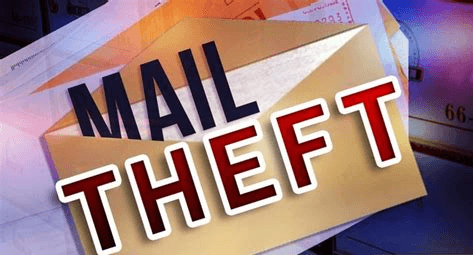We’ve all seen the videos and heard the news reports during the Christmas seasons as thieves blatantly steal packages and gifts sent from loved ones, but did you know that throughout the year identity/mail theft has become the #1 white collar crime in the country.
Identity theft remains the fastest growing crime for the past ten years and affects over 15 million Americans each year. Mail theft is a common way that identity thieves steal your identity and mailboxes offer a treasure trove of opportunity for would be identity thieves. Sadly, victims of mail theft often don’t know they have been victimized until their good name and credit record is ruined. The majority of known identity theft is perpetuated via low-tech methods such as stolen trash, stolen wallets and stolen mail. Mail theft, however, remains the most underreported since most people don’t realize when their mail has been stolen.
Here are some steps you can take to ensure that you don’t become a victim:
- Watch for patterns. Sure, a piece of mail may get lost every now and again, but if it happens again and again, speak up. Alert the sender if you didn’t receive a check you were expecting and call your bank or credit card company if a replacement card you ordered hasn’t shown up.
- Beware of a phony change of address. Thieves are getting smarter, and one trick is to file a change of address form to get their hands on your mail. The Post Office will send a validation letter to your old and new address when a change is filed. If you did not file the change, don’t ignore the letter. Follow the instructions and call to alert Postal Inspectors of the phony request.
- Talk to your postal carrier. Know when the mail is delivered. Alert your postal carrier if you’ve noticed any strange behavior around the local mailboxes. Ask if he or she knows of any problems if your area and inquire about a more secure set-up if he or she voices concern.
- Scrutinize your mail. Don’t throw away letters from banks, credit card companies, utility companies or businesses, even those you don’t recognize, without reading them over. If you receive a bill or statement for an account you don’t recognize, call the company immediately to inquire.
- Shred documents that contain identifying information a thief can use. You need to shred documents with account numbers, social security numbers, banking details, pay stubs, and documents with identifying information such as your name and date of birth. If you’re not sure a piece of mail is sensitive, always shred it to be safe. Remember, an experienced thief can use just your name and your birth date to damage your credit.
Share How to prevent mail identity theft

